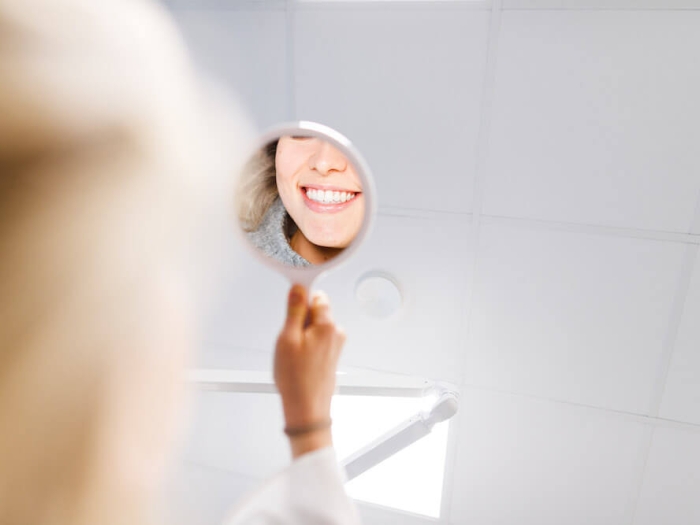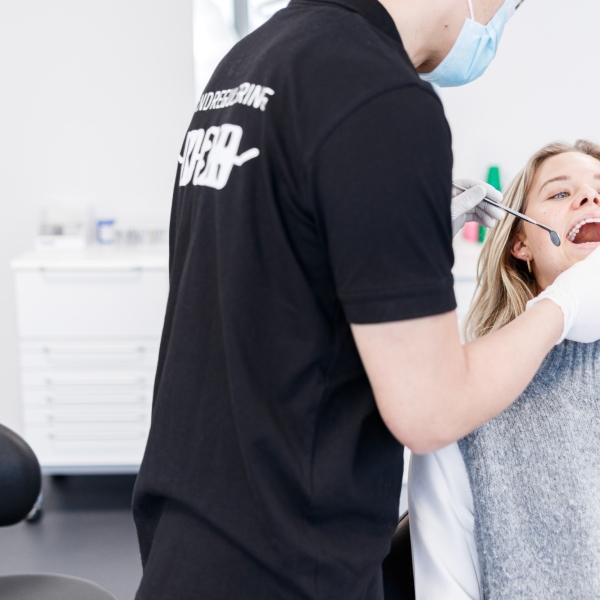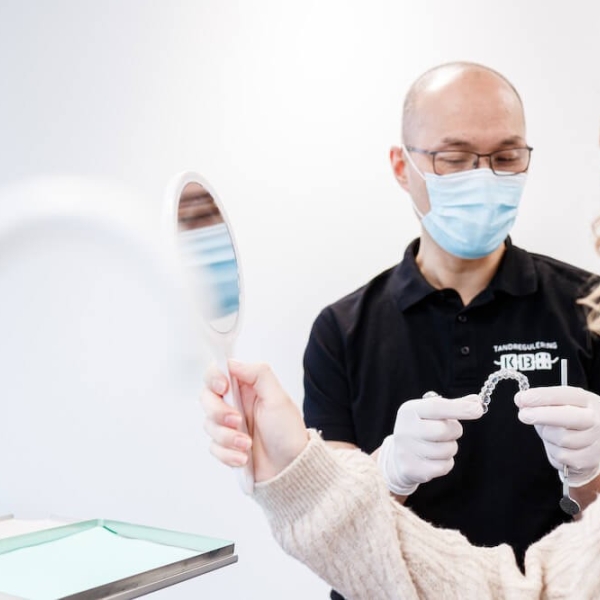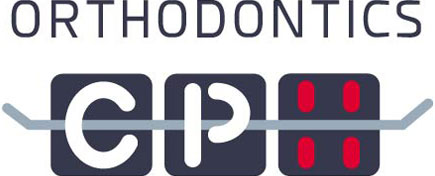Retainers - finished treatment - now what?

Securing your results
The most crucial and important part of your treatment commences now. Your teeth will always want to move and change their positions – it is a dynamic process – for the exact same reason, we are able to treat them orthodontically, and this is an ongoing process.
We have acknowledged this as a fact of life and have accepted that Retainers are here to stay. Our experience allows us to advice you on how and how long time your retainers should be a part of your life.
Regular control - of the retainers
The retainers made individually for you, will retain the great results you have achieved from your hard work. We recommend having your teeth and your retainers inspected by an orthodontist on a regular basis. This will hopefully prevent any unexpected problems especially with relapses.
Not so few patients who have been through a tedious orthodontic treatment are terminated by their regular orthodontist when they turn 18 years or after the agreed control period. Currently, it is unfortunately unknown how many of these patients have their retainers and teeth inspected by a orthodontist. However, we experience a growing number of patients with retainer and relapse problems due to lack of a stable and secure affiliation with a orthodontist.
OrthodonticsCPH offers inspection of retainers after a terminated treatment for our own patients and other patients who may need it.

Book a free consultation
Talk to a qualified orthodontist
If you would like a no-obligation consultation with one of our qualified orthodontist to discuss your orthodontic options in more detail, you can contact us here.
We look forward to find the right treatment for you.
Check out our reviews

How does it work?
The metal brackets are glued very strategically and precisely onto each tooth. When they are connected with a suitable metal wire, they will eventually line up in a straight line. When the teeth are nicely aligned in both the jaws, small elastics bands are often used to pull the teeth together to consolidate the teeth in both jaws for optimal function and aesthetics.
How does it feel?
Braces may feel rough and sharp on the surface when wearing them initially. Bear in mind that the inner surface of your mouth is only familiar to the smoothness of the surface of your teeth.
It may therefore, take some time – getting use to, before your mucous membranes develop tougher “skin” which can tolerate the different surfaces of your braces. In the first couple of days of wearing braces, your teeth may be soar.

